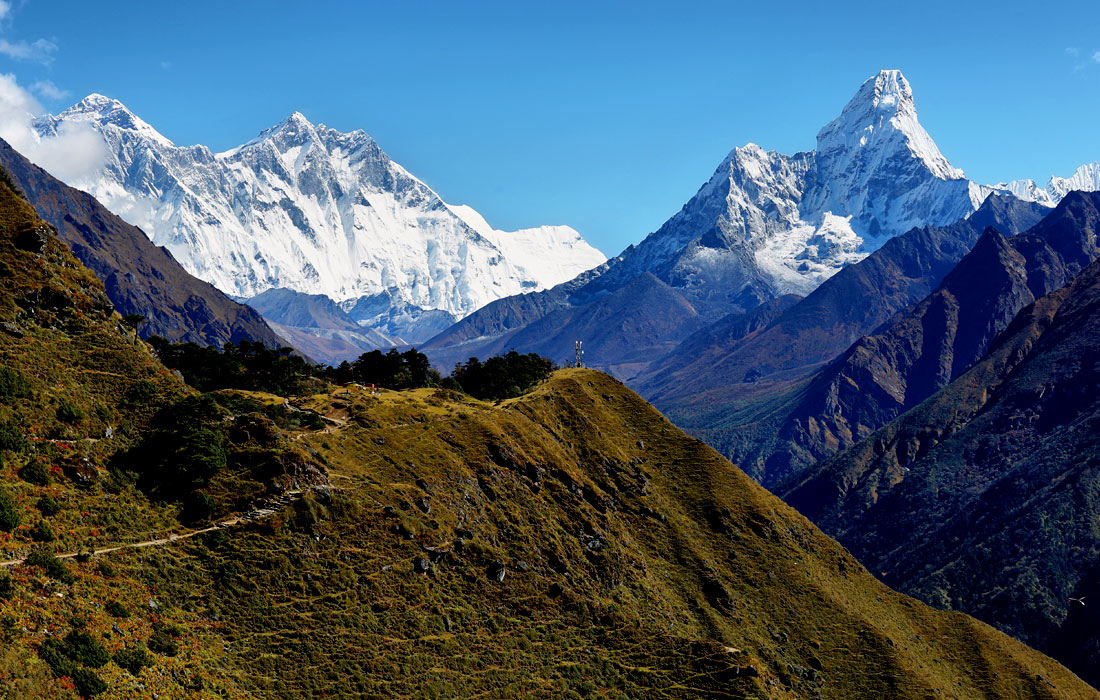Everest is the highest mountain in the world, and there’s something mystical about it. It’s a sight to behold from the valley of Kathmandu or by plane. If you have a taste for adventure, you’ll want to consider Everest Trekking. Read on to learn more about Everest trekking and the cost.
Best time of year for Everest trekking
The best time to visit Everest is during autumn, from September to November. This season is marked by cool temperatures and clear skies. There are fewer clouds and less precipitation, though there are still a few small tempests that can tip snow in higher elevations. Autumn trekkers also get to enjoy crisp mountain views and river sounds.
The main climbing season occurs during the months of April and May. In this time, the Everest routes are busiest, with clear views and less heat haze. April is also the busiest month for travel to Everest Base Camp, as many people prepare for their summit attempts in this month.
Cost of Everest trek
The cost of an Everest trek varies based on the length of the trek. There are several options to consider, including a package trek. You can also opt for a more basic trek without paying as much as a high-end hotel. A high-end hotel will cost anywhere from $100 to $300 per night, and will not be included in the cost of a package trek. However, you should be aware that accommodations during an Everest trek do not include many amenities. The most basic accommodations will only provide a bed, blanket, light, and shared bathroom. You can also expect to pay a daily fee for your guide or porter.
You should also consider the cost of airfare. Flights to Nepal can be expensive. For this reason, it is better to book your flight early. It is possible to find a reasonably priced flight to Kathmandu for about $100. However, you should avoid booking flights during the peak seasons.
Three Passes trek
The Three Passes trek on Everest involves trekking through three high passes and requires high altitude and mountain experience. This trek is more challenging than the base camp trek and not for novice hikers. It also involves a lot of technical paths. To prepare for this trek, you should do some jogging, cycling, or walking near the valley before embarking on it.
This trek is considered the ultimate Everest experience. During the trek, you’ll have the chance to cross three high passes and witness panoramic views of the mountain, including the famous summit. You’ll also have the opportunity to learn about the Buddhist Sherpa culture and visit teahouses along the way.
North Ridge route
If you’ve been putting off a summit bid on Everest, there’s still time to make it happen. British Army and Sight on Everest teams are now in C2 on the north ridge. The British Army halted their last summit bid on May 23 because of dangerous snow conditions. The British Army has yet to announce the date of their next attempt.
The climbing on the north ridge is much faster than the south side, and teams may try the North Col, 23000′, in the next few days. There are Sherpas fixing ropes for all teams on the north. The service costs approximately $100 per climber.
South Col route
If the weather is not conducive for climbing to the top of Everest, the South Col route is the way to go. The route is relatively steep, but it gradually slopes down as the altitude increases. It can take anywhere from two to four hours to reach the base. It is important to keep clipped in and start slowly. A good layer of snow helps you go up the steep rock slab.
The South Col route is the second most popular Everest trekking route. The description is quite detailed. The route winds along a moving glacier and is surrounded by the Khumbu Icefall and Pumori Glacier. Several expedition tents, pathways, and generators are located along this route.
